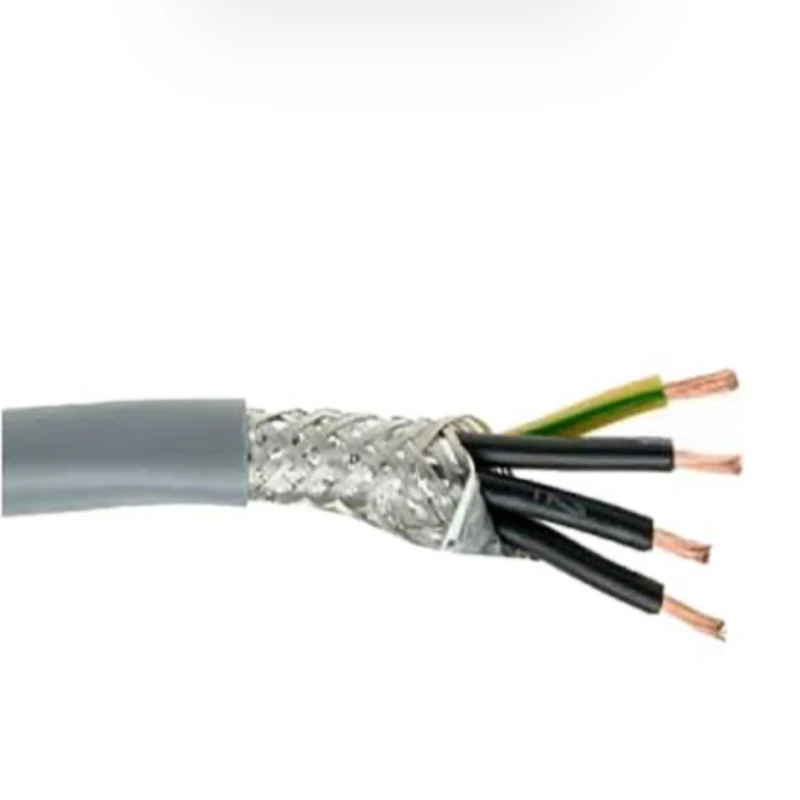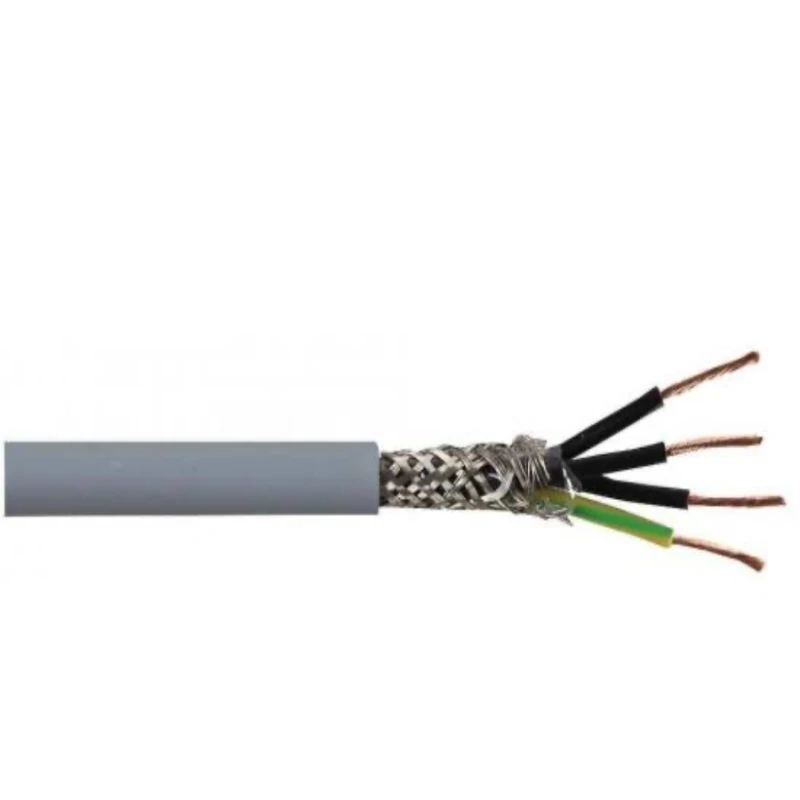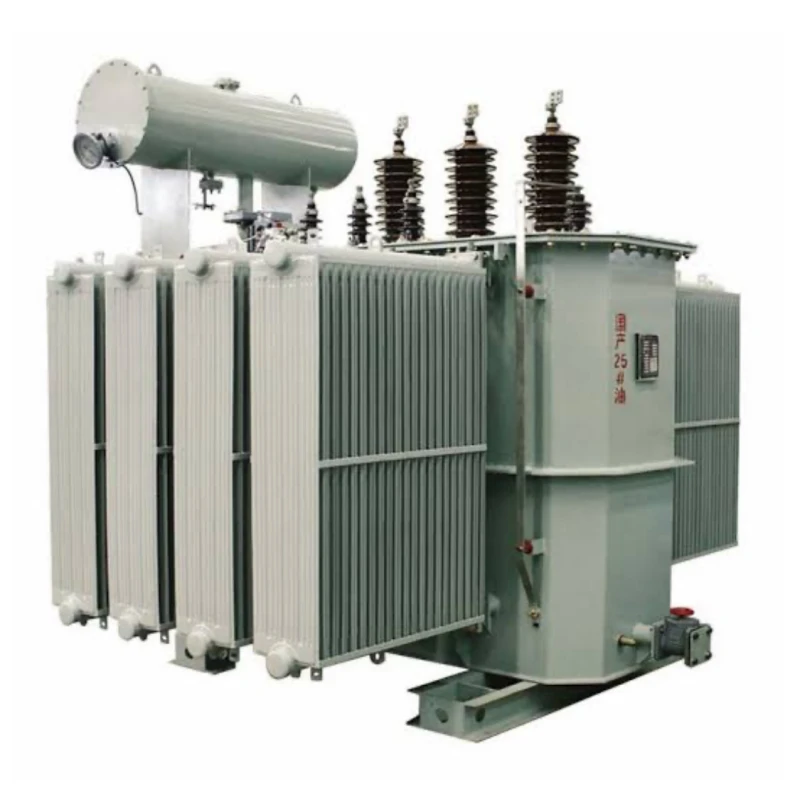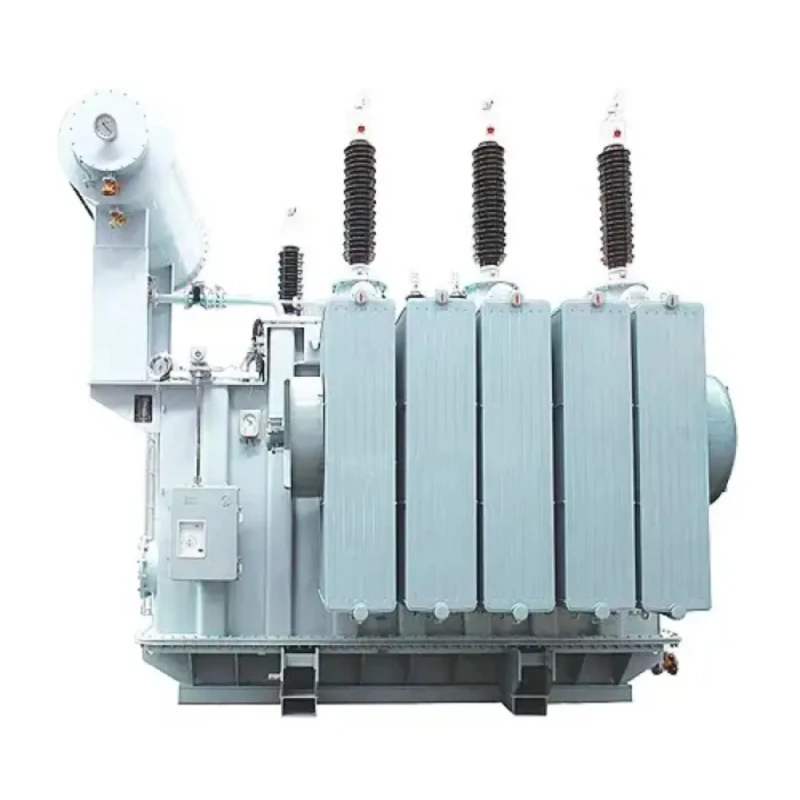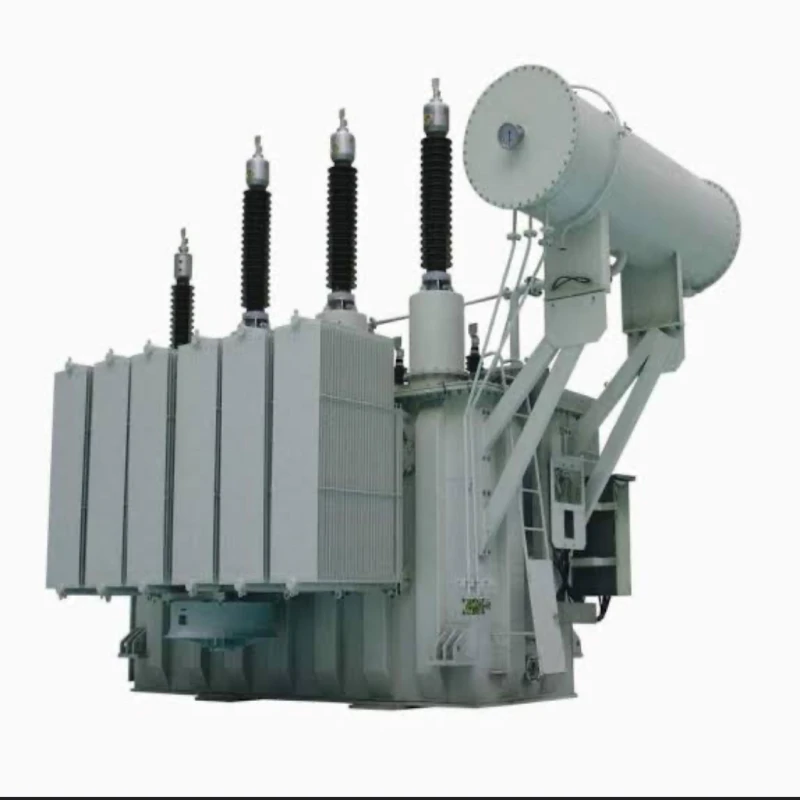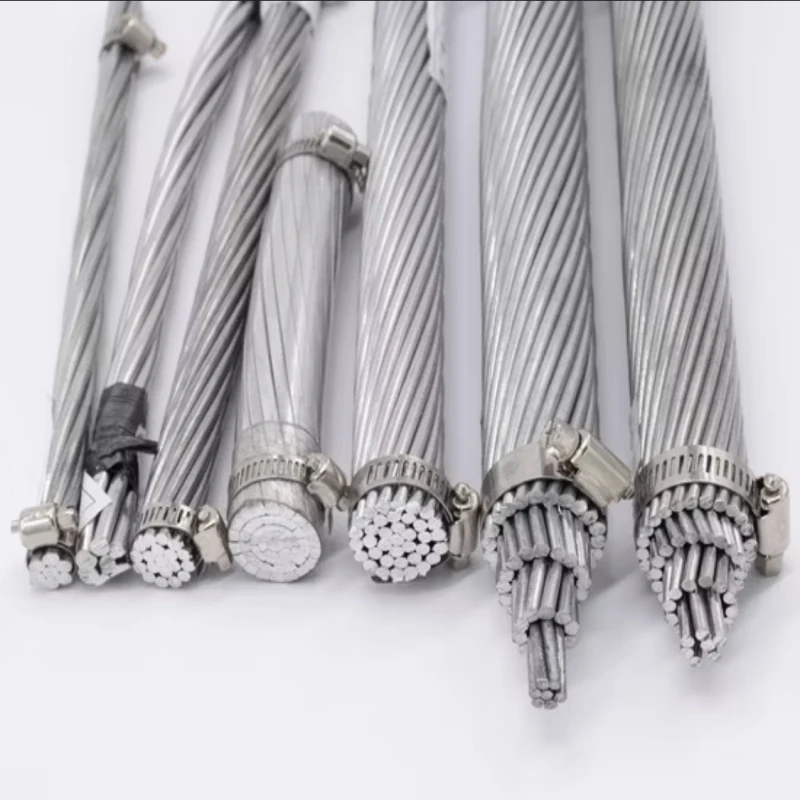-
The cable contains four individual conductors, each with a 4.0mm² cross-section.
-
Designed for applications where the cable needs to bend or move during operation, making it suitable for use in machinery and control systems.
-
The conductors are typically made of copper, known for its good electrical conductivity.
-
Each conductor is individually insulated with a material like PVC, providing electrical isolation between the cores.
-
A protective outer sheath (often PVC) covers the insulated cores, providing mechanical and environmental protection.
-
Some 4.0mm x 4 core control cables are shielded with a braid (often tinned copper wire) to protect against electromagnetic interference (EMI).
-
Widely used in automation, control systems, instrumentation, and other applications where flexible, multi-core control cables are needed.
-
A type of shielded flexible control cable with a tinned copper wire braid and PVC sheath, used for interference-free transmission.
-
A flexible control cable with a PVC sheath, often used in applications requiring moderate mechanical stress and flexibility.
-
A flexible control cable with a steel wire braid for mechanical protection, suitable for use in environments with potential mechanical damage.

 APPLIANCES
APPLIANCES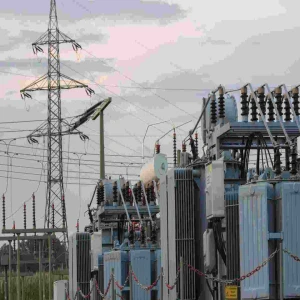 ELECTRIC AND POWER
ELECTRIC AND POWER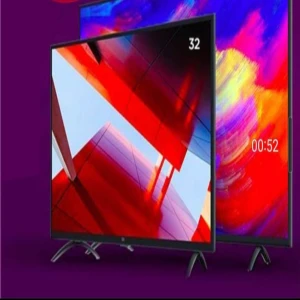 ELECTRONICS
ELECTRONICS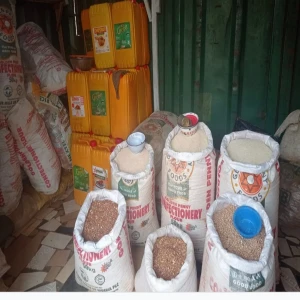 FOOD
FOOD GADGETS
GADGETS KITCHEN
KITCHEN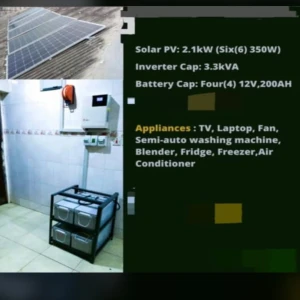 SOLAR SOLUTIONS
SOLAR SOLUTIONS